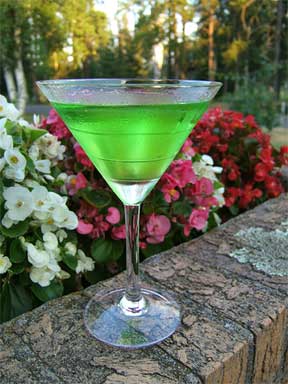It seems that most flower growers, whether they are house plant enthusiasts or not, consider the many varieties of begonias to be pot plants. Even those who have grown them in water, or in window boxes, may not have considered their many possibilities as garden plants. However, I had my greatest success with these everblooming, completely satisfactory, wax-leaf type begonias in Nashville, when planted them outdoors.
In the spring, when all danger of frost was gone, I planted the begonias in beds all around the house. They did well in every place and we can assume, therefore, that the time they receive the sun doesn’t matter as long as they don’t get it all day long. However, the plants that I put under an overhanging eave, where they received mid-afternoon and late rays, did magnificently. A generous quantity of peatmoss and some cow manure had been worked into this bed. It is my observation that this type of begonia prefers a slightly acid soil. The leaves of many of the plants were 4 to 5 inches in diameter and the luxuriant showers of blooms surpassed any grown in pots.

Because these easy-to-grow begonias have such tidy habits of growth they are preferred over many annuals. Dead flowers drop off and the leaves stay remarkably green and fresh. The only care required is an occasional soaking during drought. While they are water—loving plants, they will stand a surprising amount of dry weather if mulched.
Endless Begonia Possibilities
The possibilities for using begonias as bedding plants seem endless. Small rooted cuttings may be planted among the dying leaves of tulips, hyacinths and daffodils in late spring, to take the places of these disappearing flowers. Some might be put among the pansies that still remain in bloom, to take over after the pansies have succumbed to summer’s heat. Try putting them in front of azaleas or rhododendrons.
Pink and white begonias as an edging for foxglove and columbine are very effective. The pink and coral shades combine well, too, with blue hydrangeas as they give color until frost, long after the hydrangeas have stopped blooming. When the weather prophet predicts killing frost bring your plants inside for the winter.
Propagation is easiest and quickest in water. Cut the stems just below a joint. If put in water and placed in a sunny window, they will root in a matter of a few days. They may then be planted in pots in a soil composed of leafmold, peat and sand and will provide continuous bloom.
